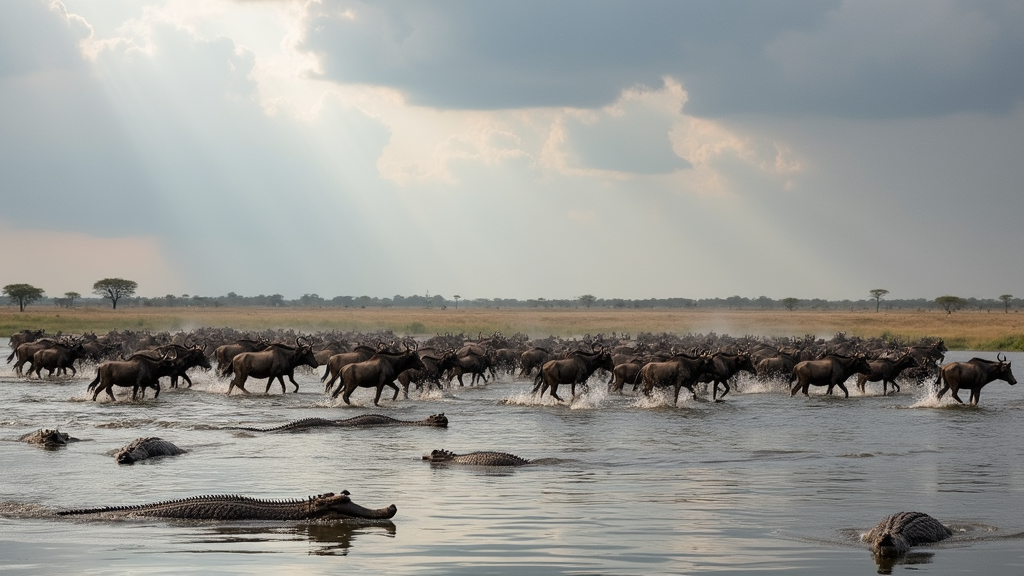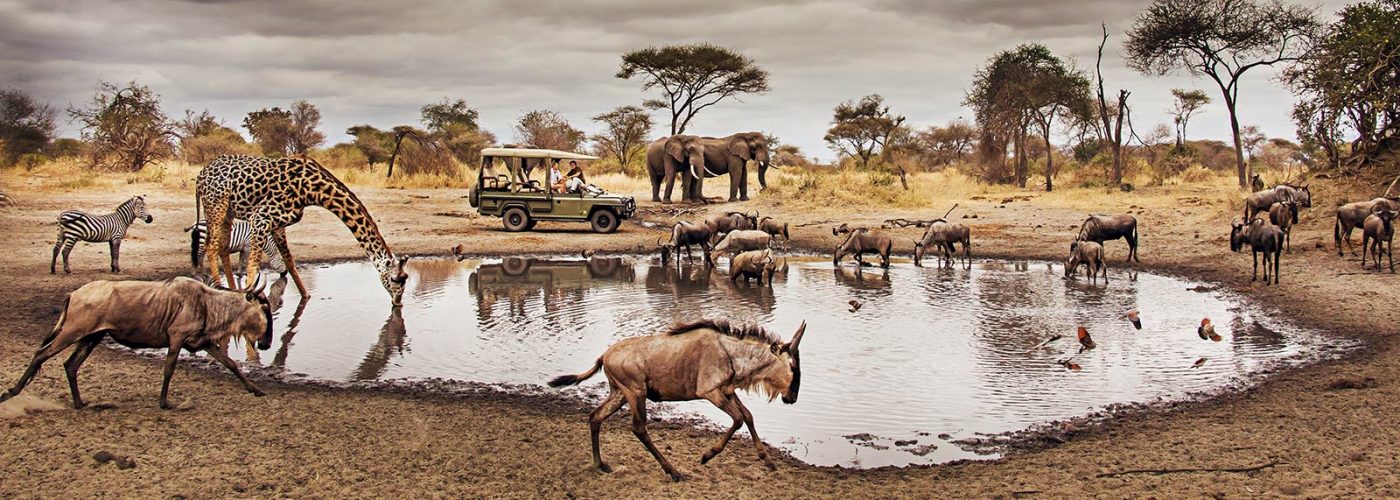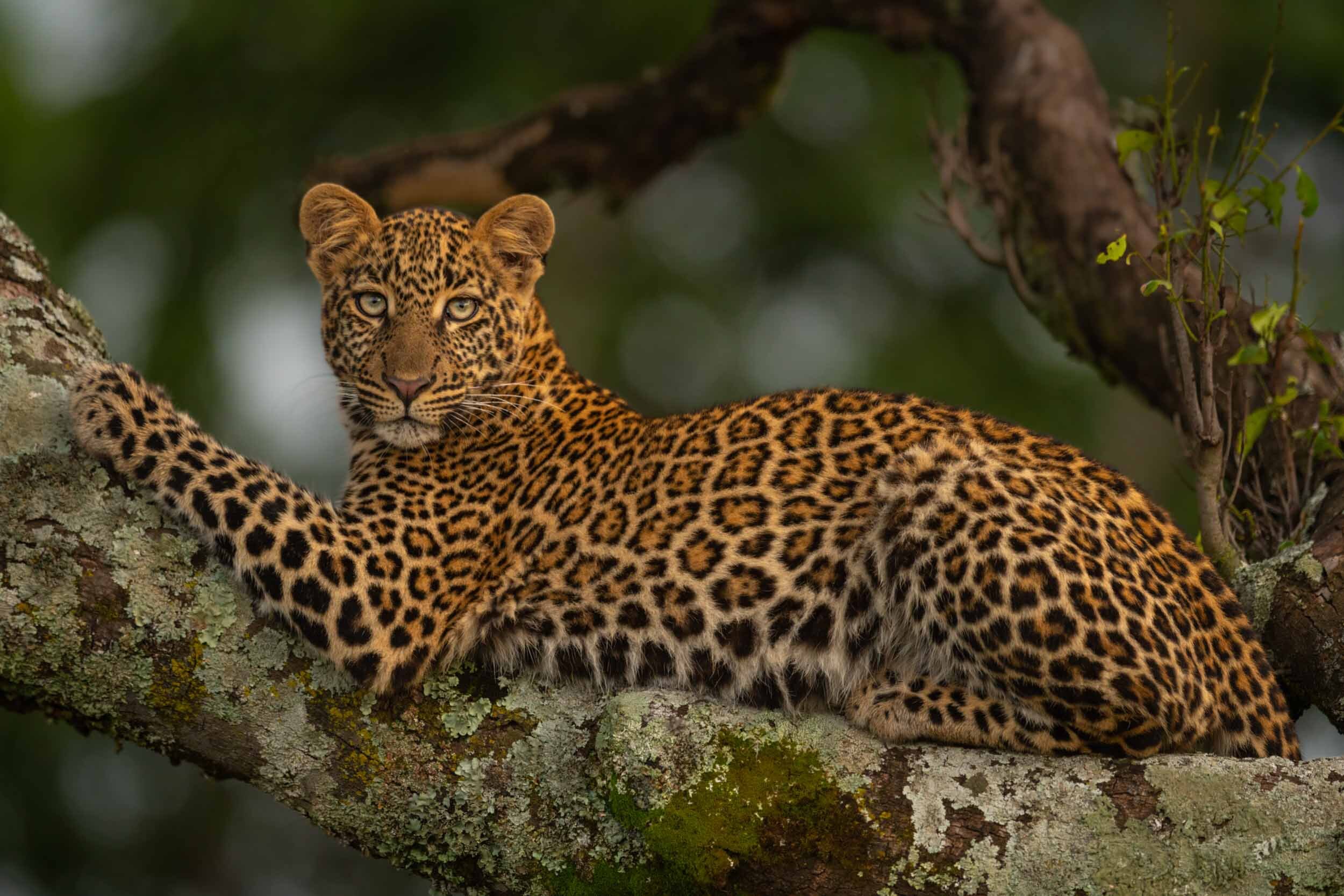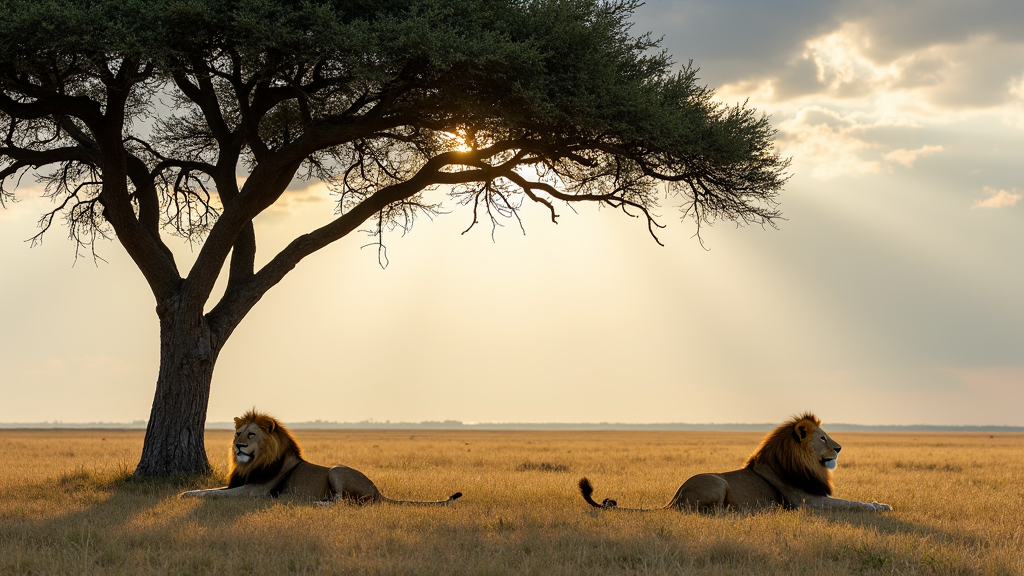Sunrise over the savannah, the rumble of distant herds, and the thrill of the unknown — this is Africa, unfiltered.
African safari adventures are the kind of trip that stick in your memory forever. Whether you’re dreaming of seeing the Big Five (Lions, Leopards, Elephants, Cape Buffalo and Rhinoceroses). Soaking up sweeping savannah sunsets, It doesn’t get more primal, thrilling, or unforgettable than this.
Even if it’s your first time planning a wildlife safari in Africa, getting clear on what to expect really helps you get the most out of your adventure. I’ll walk you through everything you should know, from choosing the best destinations to prepping for your adventure in the bush.
Be prepared because, this is adventure in its rawest, most untamed form.

Top African Safari Destinations Worth Checking Out
Africa is packed with incredible places to spot wildlife, but a few safari destinations get talked about for a reason. Each one has its own vibe, landscape, and various animals. If you’re picking your first big safari location, some spots just can’t be ignored:
- Kenya’s Masai Mara: The classic image of rolling plains packed with wildebeest, lions, and plenty of elephants. The annual migration here is one of the best things in the world witness and it draws travelers from around the world.
- Tanzania’s Serengeti: It’s famous for big herds of herbivores and predator sightings. The Serengeti is the place to catch vast landscapes and plenty of safari action, especially during the migration season.
- South Africa’s Kruger National Park: If you’re after good roads, top guides, varied accommodation, and a high chance of spotting the Big Five, Kruger ticks a lot of boxes.
- Botswana’s Okavango Delta: For something a bit different, these are waters of wilderness where you travel by boat and spot animals on islands. It’s a stronghold for elephants, wild dogs, and hippos.
Other cool options include Namibia’s Etosha National Park, Zambia’s South Luangwa for walking safaris, or even Uganda for gorilla trekking. Each spot feels unique and has its own standout moments for nature lovers.
- You might also check out Zimbabwe’s Hwange National Park or Rwanda’s Volcanoes National Park for gorilla and golden monkey encounters. Wherever you go, expect a variety of landscapes and cultures to add to the experience.
What Kind of Safari Experiences are Out There?
The term Safari has a Variety of specificities, it comes in all sorts of flavors to suit everyone’s style and budget. Some safaris roll out the luxury, while others keep it simple in camps under the stars. Here’s a quick breakdown:
- Luxury safari lodges: Expect infinity pools, world-class dining, and guides who give you exclusive access to the best wildlife spots. Best if what you’re looking for are creature comforts.
- Budget-friendly camping safaris: If you want more adventure on a smaller budget, mobile camping safaris are THE choice to go with. They’re extremely fun and thrilling and also allow you to get really close to nature. You’ll get simple tents and homecooked meals, which is part of the magic. In my personal opinion, these are the best option if you’re looking to really feel the experience up-close and get your Adrenaline pumping.
- Family-friendly options: Some lodges and tours are packed with activities for kids and offer shorter game drives, so everyone can enjoy the bush.
- Photographic safaris: Wildlife photographers and enthusiasts can join special tours with pro guides to help you get that perfect shot.
- Walking safaris: If you like to get out of the vehicle and explore on foot with expert rangers, this is a totally different way to see Africa’s wild places.
No matter your style, there’s plenty of options to pick from. Booking through a reputable African safari tour operator makes it easy to find a package that’s right for you, whether it’s a luxury splurge or a down-to-earth adventure.
You may also stumble upon self-drive safaris, which let adventurous travelers take the wheel themselves in certain countries like Namibia or South Africa. But be sure to either have a guide with you or learn everything you need to know beforehand and of-course as an Adventure traveler, always be prepared for any scenario.

Wildlife Encounters: What Animals You Can Expect to Spot?
Spotting animals in their home turf is why most travelers go on safari. Africa’s “Big Five” get a lot of attention – lion, leopard, elephant, buffalo, and rhino – but there’s way more to enjoy.
It all depends on where and when you go.
- The Migration: Serengeti and Masai Mara are known for the huge wildebeest migration (usually June to October). Huge herds on the move attract loads of predators, and it’s a truly wild spectacle.
- Predator sightings: Lions, cheetahs, and leopards are most active early or late in the day and are often seen lounging, hunting, or raising young cubs.
- Water loving animals: In Botswana’s Okavango Delta and other wetland parks, expect to see hippos, crocodiles, and loads of birdlife.
- Special species: South Africa’s reserves are great for spotting rhinos, while chimp trekkers and gorilla trackers head to Uganda and Rwanda for something extra special.
Every game drive is different. Some days you hit the jackpot in the first hour. Other times, patience is what pays off. But hey, that’s part of the adventure! You might also track down giraffes, zebra, warthogs, and a rainbow of birds. Don’t forget about the little animals: dung beetles, chameleons, and meerkats can be just as entertaining (we all know Timon and Pumba after all!)
Planning Your Safari: Practical Things You Need to Know
Getting the details right really gives a boost to your trip. Here’s the lowdown on what actually matters before heading out.
The Best Time to Go on Safari
Safari season is shaped by Africa’s dry and wet cycles. For most destinations, the dry months (June to October) make spotting animals easier because they gather near waterholes and the grass is shorter. If you want fewer crowds and green landscapes, rainy seasons have their perks, too. For bird watchers, wet season can bring migratory flocks and dramatic skies for photography.
How to Pack for Safari
Packing smart makes a difference. Lightweight, neutral clothing works best like khaki or green (It isn’t about style — it’s about camouflaging, staying safe, avoiding insect attraction and heat and about respecting the culture. AVOID bright reds, oranges, yellows, whites, navy blue and black).
Pack a hat, sunglasses, and some sturdy shoes. Binoculars and a good camera are always handy. Sunscreen and bug spray are musts. If you’re visiting areas with malaria risk, chat to your doctor about medications and vaccines in advance. Soft-sided luggage is often required for charter flights into remote camps, as they don’t handle hard suitcases well. Comment below if you want a more detailed post on do’s and don’ts
Staying Safe on Safari
Wildlife safaris are generally very safe when you stick with guides and follow instructions. Always stay in the vehicle unless your guide says it’s okay to step out, and keep noise down around animals. Don’t wander around camps at night. Keep windows closed in monkey territory. Having reliable travel insurance is always smart, especially for medical emergencies or trip changes. Most good camps also have emergency protocols for animal encounters and medical issues.
Booking and Budgeting
Safari prices vary wildly based on location, luxury level, and season. Booking ahead, especially for peak migration times, helps beat price hikes and makes sure you get a spot at popular camps. Package deals or group safaris can be good value, especially for family trips.
Researching operators with good reviews and clear ecotourism policies makes a difference in experience and impact. You can check reputable safari companies at SafariBookings. Also, look out for added costs such as park fees, tips, laundry, and transport between reserves.

Real-Life Safari: What’s a Day Like?
A typical safari day balances excitement and downtime. Early mornings are prime time for spotting animals just as the bush wakes up. Most lodges offer a quick breakfast before heading out for a morning game drive, usually in open vehicles with a pro guide. After a couple of hours of animal tracking and lots of photo stops, you head back for brunch and rest during the day’s heat; plenty of people nap or hang by the pool.
Later in the afternoon, another game drive rolls out, ending with sundowner drinks and a view. Evenings are for chatting around the campfire, swapping stories, enjoying hearty meals, and listening to the sounds of the wild. Some trips shower you with hot water while others offer a bucket and a starry sky. Each version feels special in its own way. In some places, night game drives or bush dinners bring new excitement after sunset.
Capturing Safari Moments: Go-To Photography Tips
Getting photos on safari is about patience and creativity. Zoom lenses and fast shutter speeds help catch animals on the move. Early mornings and late afternoons give beautiful golden light that really pops in photos. Always keep your camera ready and stay quiet; sometimes the best shots happen when you least expect them. Extra batteries and memory cards are a must – you don’t want to run out just as a leopard appears.
Safari Travel Extras: Going Beyond the Game Drive
Safari adventure isn’t only about animals. Lots of trips include visits to local communities or conservation projects. Chatting with Maasai guides or learning about antipoaching programs gives you a deeper feel for Africa’s people and culture. More camps now focus on ecofriendly practices, which helps protect wild areas for future generations. Experiences like bush walks, hot air balloon rides, visiting local markets, or canoeing the Zambezi River add extra excitement to a classic safari itinerary. For food lovers, bush breakfasts or traditional dinners with local ingredients can send your taste buds on their own mini adventure.
Frequently Asked Questions
How long should a safari trip in Africa last?
Most people spend between 5 and 10 days, which gives you time to visit two or three parks and see more animal diversity. If you want a slower pace or to combine safari with beach relaxation, consider stretching it to two weeks.
But If You’re like me and want to visit a lot of places and experience as much as you can, take a nice long month.
Is a safari in Africa safe?
Yes, when you book through reputable companies and stick to guide advice, safaris are very safe. Always ask questions if you’re unsure. Good operators offer clear safety briefings and are happy to address any concerns you have during your adventure.
What is the African Big Five and where can I see them?
The Big Five are lions, leopards, rhinos, elephants, and buffalo. You can spot them in as the top picks Kruger, Serengeti, and the Masai Mara. Private reserves in South Africa and some parks in Namibia also offer high chances to spot these iconic animals.
What’s the food like at safari camps?
You’ll usually get tasty, hearty meals. With everything from bush barbeques to fine-dining, most camps can cater to special diets with advance notice. Expect fresh local produce and opportunities to try traditional dishes.
Can I take kids on safari?
Many camps and safari tours welcome families and have activities for kids. Just check age restrictions before you book, as some safaris have a minimum age for safety reasons. Some lodges also provide childminders or educational programs for kids so parents can enjoy a relaxed game drive.
Start Planning Your African Safari Adventure Now!
Safari trips in Africa really are like nothing else. From game drives across iconic landscapes to meeting incredible local guides, it’s easy to see why so many travelers fall in love with the bush.
Careful research helps you tailor your adventure. Whether that’s chasing the Big Five, photographing sunsets over the savannah, or just unplugging for a bit, Africa’s wild heart is open to explore, and every safari is full of the unexpected.
With a mix of wildlife, culture, and incredible scenery, your African safari adventure will stay with you long after you’ve left.
From roaring lions to whispering winds, a safari is more than just a trip — it’s a return to something ancient, untamed, and unforgettable.

